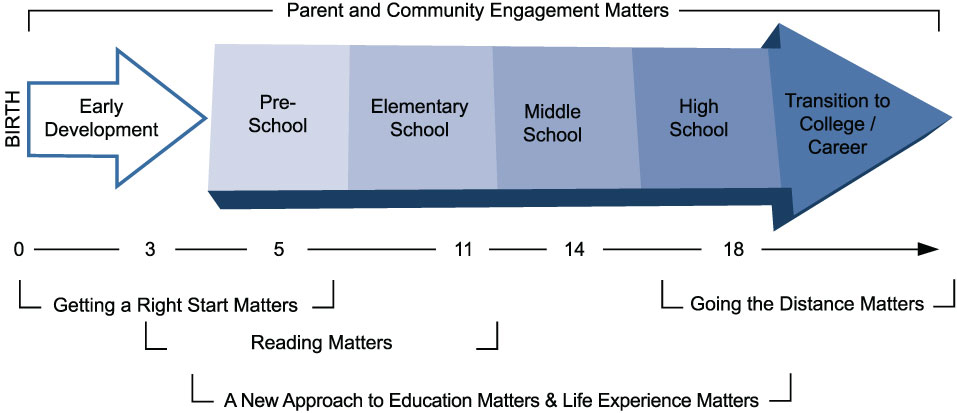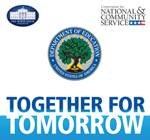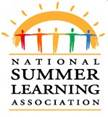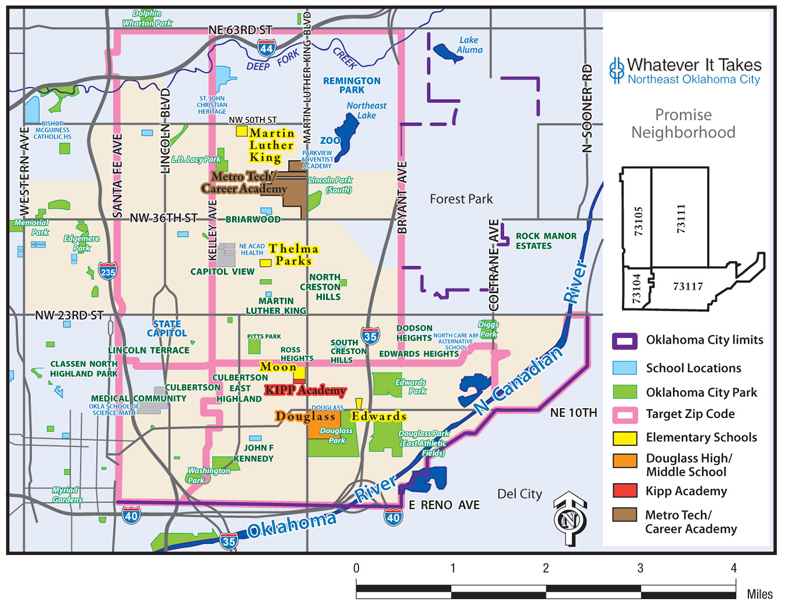Philosophy

Whatever It Takes (WIT) is a vibrant place-based strategy designed to serve as a catalyst to create systemic and sustainable change for children, families and neighborhoods through compelling partnerships and working closely with the citizens of northeast Oklahoma City (NEOKC).
Our vision starts with what we want to achieve; our goals are ambitious and bold; and our theory of change is specific and measurable in ways that form the basis for our strategic planning and ongoing decision-making. We understand that individual impacts will be the building blocks of change in our neighborhood. We are committed to making these happen because, without these, our community will not improve. However, we also understand that individual successes are not enough to ensure that positive neighborhood change will last. To create sustainable change, we will strive to impact institutions, service systems, community norms, partnerships, public will, policies, regulations, service practices, businesses, and issue visibility/influence. Our strategy includes both building on existing neighborhood assets, building bridges between them to ensure seamless transitions along our pathway to success, and adding new resources where gaps exist. A critical mass of families will benefit from the signficant focus of resources and attention infused into our neighborhood over a sustained period of time, and the community at large will be transformed.
“The best way to reduce negative child outcomes is to strengthen our nation’s most vulnerable families.” – Douglas W. Nelson, formerPresident, The Annie E. Casey Foundation, The High Cost of Being Poor
WIT had to start somewhere, and it started with embracing the community’s children. It started with our leadership team saying that this work must address the unacceptable status quo for educational outcomes from the area’s low-performing schools. Through the development of a coordinated and united front, IMCI and our partners are instilling in the hearts and minds of children that failure is not an option, while creating a safety net of support services to ensure childhood and educational success.
Our Neighborhood: Northeast Oklahoma City
Whatever It Takes is focused on the four target zip codes that comprise northeast OKC: 73104, 73105, 73111 and 73117. This traditionally African American community has a rich history and cultural identity; unfortunately, it also consistently has some of the worst socioeconomic indicators in Oklahoma.
Our neighborhood includes:
Theory of Change and Pathway Components
The WIT Theory of Change is this: For children to achieve a healthy and productive adulthood, a neighborhood must have programs that provide a critical mass of engaged, effective families; early and progressive support in children’s development from birth to age 5; and stellar academic and experiential learning opportunities from pre-K through college to career.
The following pathway illustrates the components that are helping us to achieve transformational change in NEOKC. Supported by strong partnerships with community leaders, our pathway represents a combination of community assets, evidence-based practices, data inputs and an informed view of successful strategies from a careful study of effective models.

Creating a Promise Neighborhood

In 2009, IMCI and a group of community leaders in Oklahoma City traveled to the Harlem Children’s Zone (HCZ) “Changing the Odds” Conference in New York and were inspired to create a local Promise Neighborhoods Initiative. A team subsequently launched Whatever It Takes (WIT) in an effort to respond to the unique challenges faced by students residing in northeast Oklahoma City, a predominantly African American neighborhood plagued by multigenerational poverty. The WIT team is honing our plans, developing our organizational structure and aligning our strategies with those tested in the HCZ model and in community schools, as well as strengthening our partnerships and identifying new resources.
Lead Partners
Public Strategies
SandRidge Energy
Inasmuch Foundation
Oklahoma City Public Schools
The City of Oklahoma City
Oklahoma Department of Human Services
KIPP Reach College Preparatory
Metro Technology Centers
University of Central Oklahoma
University of Oklahoma African and African American Studies Program
Teach for America
Smart Start Central Oklahoma
Mathematica Policy Research
Collaborating Organizations
Community Stability
Education
Family and Community Engagement
Child and Youth Health
Faith Community
National Affiliations
Together for Tomorrow
Together for tomorrow encourages schools, national service programs, higher education institutions, and community and faith-based organizations to share responsibility for our nation’s lowest-performing schools, while working together to propel improvements in education.
http://tft.challenge.gov/
National Summer Learning Association
The National Summer Learning Association’s vision is for every child to be safe, healthy and engaged in learning during the summer. By connecting and equipping schools, providers, communities and families, NSLA delivers high-quality summer learning opportunities to our nation’s youth to help close the achievement gap and support healthy development.
http://www.summerlearning.org/
Campaign for Grade Level Reading
The Campaign is building a network of national and local civic leaders, policymakers, advocates, community organizations, and everyday citizens to assure that every child is reading at grade-level by the end of the third grade. The Campaign is based on the belief that schools cannot succeed alone. Engaged communities are mobilized to remove barriers, expand opportunities and assist parents in fulfilling their roles and responsibilities to serve as full partners in the success of their children.
http://gradelevelreading.net/
What Is a Place-based Strategy?
Whatever It Takes uses a place-based strategy designed to achieve transformational impact for families through a focus on people, places and results. A place-based strategy is:
- A purposeful effort designed to align strategies to achieve better outcomes for a community and its families by taking into account where investments are made, and how those investments interact with other resources, policies and program
- Focused on the whole set of issues a community faces, tackling those issues in tandem and taking advantage of the synergy achieved by addressing multiple issues at the same time
- Based on an understanding of community context, which improves the efficacy of service delivery, and mindful that overlapping investments in a particular place can be coordinated to increase impact
- Operational within a structured framework that has, at its core, a commitment to respect history and culture, and to identify and mobilize local assets with an interest in building local capacity
- Committed to focusing comprehensive resources to a targeted geographic area that is small enough to measure and sustain progress, but one that has a large enough footprint to create positive outcomes, systemic realignment, and cultural changes within the community
Research
Demographics Are Not Destiny, But They Matter
Northeast Oklahoma City is a community plagued by multi-generational poverty, the lowest test scores in the OKCPS system and the county’s worst health outcomes:
- Population: 23,846, with 77% of citizens African American
- Median household income: $18,870
- Average unemployment rate: 14% (city average: 4.5%)
- High crime rates: 9% of OKC’s assault complaints and 19% of OKC’s narcotics reports
- 31% average poverty rate
- 44% of children growing up in NEOKC are living in poverty (compared to 22% in OK County)
- 30% of adults have high school diploma/GED
- Only one elementary school—Edwards Elementary, the WIT anchor school—met AYP in 2011-2012
More than 95% of school children receive free or reduced lunch; the majority eat two meals at school each day






